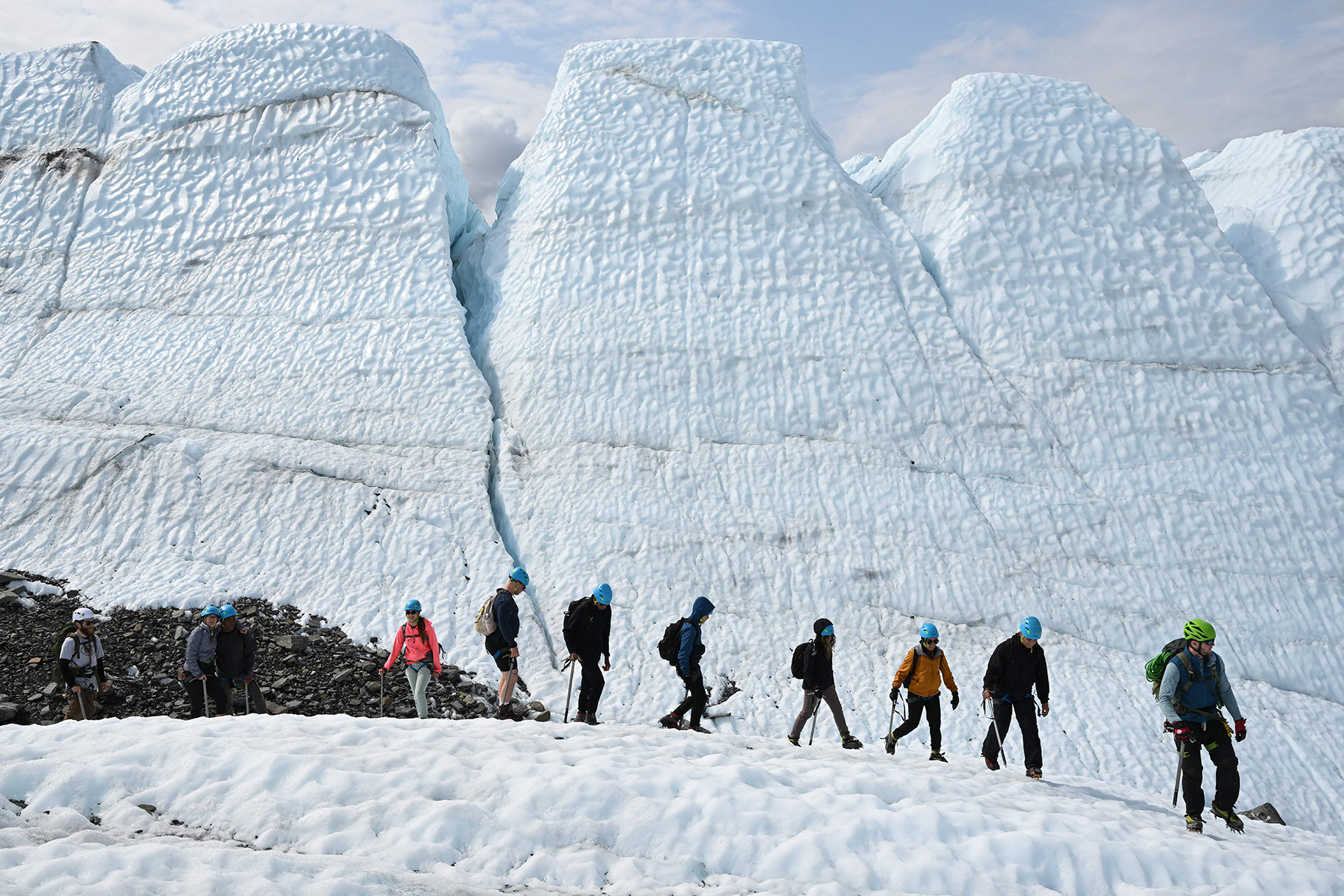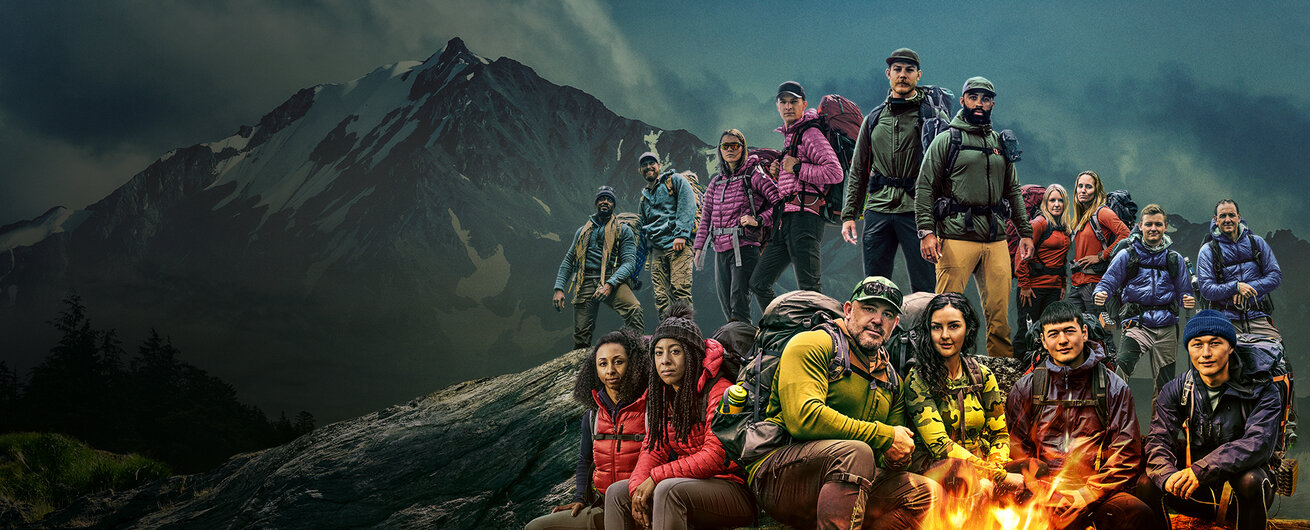Create a free profile to get unlimited access to exclusive show news, updates, and more!
How The 'Race to Survive: Alaska' Cast's Skills Impacted The Competition's Tone And Terrain
Dropping a cast of adventurers into the wilds of Alaska meant some on the fly changes for the "Race To Survive: Alaska" team.

Planning out a competition reality series takes a lot of meticulous planning. Usually, scouts have to find a playing field, then tasks and challenges are tested and created. That's in addition to a myriad of other things to consider before the game is on. But that's a lot harder to accomplish when the backdrop is wild Alaska.
In the upcoming USA Network series "Race to Survive: Alaska," which premieres on Monday, April 3 at 11 p.m. ET/PT on USA Network, eight teams of two are dropped into varied swaths of the Alaskan wilderness with nothing but the gear on their backs and that means surprises are going to happen.
RELATED: Meet The Teams On 'Race To Survive: Alaska'
The premise of the series is to pit the eight teams of highly skilled adventure racers against one another for 40 days of surviving and racing. They'll have to endure six races — each featuring bespoke Adventure Challenges — and if they're the last team to reach the finish line of that leg, they'll be eliminated. After that, they must survive together for a few days before it's on to the next exhausting challenge.
As a veteran adventure athlete and competition series producer, "Race to Survive: Alaska" co-executive producer Alan Bishop told USA Insider that crafting the season was unlike any other series he's worked on because of the cast's diverse skill sets as well as the environments they were put into for each leg of the race.
In terms of the cast, Bishop said he initially had to tailor the Adventure Challenges and the course terrain to be able to service the abilities of all eight teams equally.
"I have a wish list cast and then the network has a wish list cast," he said of the selection process. "They didn't lock in our final cast until very, very late in the day. And once we got our final cast, we ran them through bootcamp."
From that process, Bishop and his team then assessed the kinds of median challenges they could set into the early legs of the course, and then amp up the challenges based on the teams who made it through elimination rounds.
The landscape also made the different race courses more mercurial, depending on weather and ground conditions.
"What we could have done in southeast Alaska, in the Ketchikan area which was one of our big hubs, we had to change when we got to Cordova because the terrain changed," he explained. "And for the demands that our existing cast had because some of our cast had a certain skill set and some of them didn't have a certain skill set. When we lost some cast, that allowed us to do some different things. But we still had to find the terrain."
As an example of what audiences will see when "Race to Survive: Alaska" begins in April, Bishop teased viewers to look out for the latter legs when mountaineering becomes a more prevalent skill for the contestants to master.
"We could add some more mountaineering into the course because we don't have that risk management issue that we had with those contestants who didn't have the strongest mountaineering," he revealed. "And our locations could really start to dictate [shoot locations] from this massive scout that we did. We could say, 'OK, remember that one spot in Kodiak? Well, now we can throw that into the mix,' and we make our course go to that spot."
Tune in on Monday, April 3 at 11 p.m. ET/PT on USA Network for the "Race to Survive: Alaska" premiere. Catch more survival shows on Peacock now.



